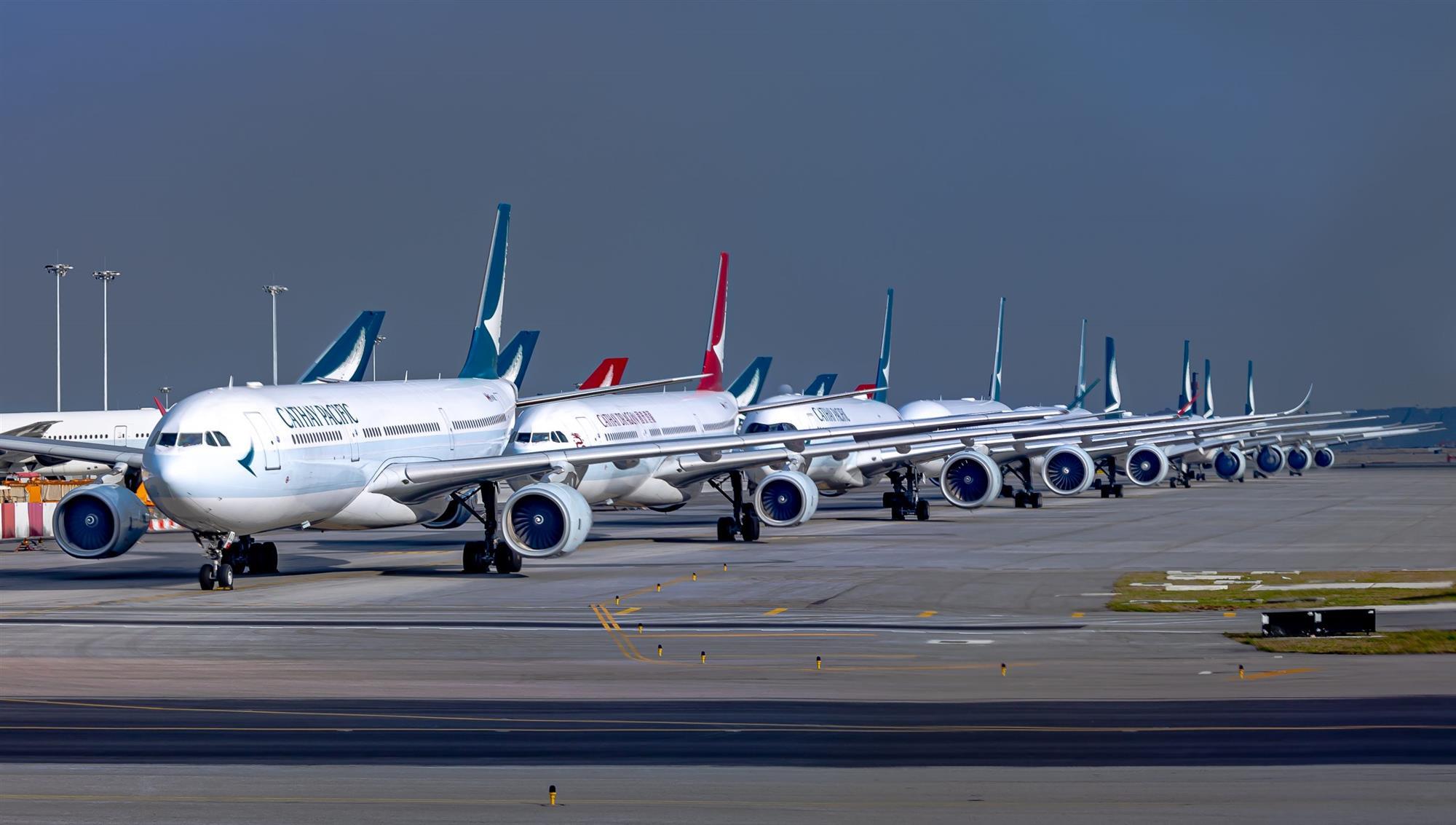Cathay Pacific Cargo said after a "tumultuous period" there has been some good news in the background in terms of digitization, and increased capacity as Hong Kong announces more flexible crew quarantine measures allowing the airline to gradually restore its freight operations.
In a statement, the cargo arm of Hong Kong-based Cathay Pacific noted that the Hong Kong government has recently reviewed crew quarantine measures and made changes in requirements for fully vaccinated crews and for those visiting a handful of low-risk countries.

"This has allowed us to gradually restore our capacity through increased freighter frequencies, as well as enabling us to add flexibility through our cargo-only passenger flights," Cathay said.
"Over the course of the coming month, we expect to ramp up towards full freighter capacity, ensuring we are more able to meet the current firm market demand," it added, signaling the airline's "readiness" to operate freighters and cargo-only passenger flights to deliver more cargo.
Digitalization efforts at Cathay Cargo
In the background, and away from the hiatus of the pandemic, Cathay Cargo noted that work has continued to develop systems and processes in line with the industry ambitions outlined by IATA which aim to make the whole air cargo process more transparent and, through the recording and analysis of data, more adept at delivering the product and service enhancements that customers want.
"From this month, Ultra Track, our multi-dimensional data-logging system that uses Bluetooth transmitters and readers in cargo terminals and on the ramp, will be available for pharma shipments from 25 regional ports and our home hub in Hong Kong," said Frosti Lau, GM Cargo Service Delivery.
He noted that this service offers customers near-real-time tracking and has cut its teeth on many of the COVID-19 vaccine shipments we have carried to and beyond Hong Kong.
"The near-real-time monitoring means that Ultra Track is able to provide automated updates for particular Cargo iQ milestones and IATA ONE Record data records," Lau added, further saying that this system will be the centerpiece of an IATA Interactive Cargo pilot in the summer where participating shipment stakeholders will be able to see Ultra Track data on their own systems by using server-to-server communications which employ IATA’s ONE Record standard for shared data.
100% RACSFs cargo screening in HK
Lau also touched on the status of the regulated air cargo screening facilities (RACSFs) in Hong Kong — which he noted has been fully adopted in the major cargo gateway.
"The strength of Hong Kong as the number one air-cargo hub is founded on the capabilities of the cargo community we have based here. This has once again been proven by the fact that Hong Kong is now operating a 100 per cent screening of cargo shipments, using regulated air cargo screening facilities (RACSFs)," he said.
"Over the past couple of years, we have been building up to this with the authorities and our industry partners in Hong Kong to meet the ICAO-determined timetable, but it is a testament to the whole air cargo community and the regulators that it has been introduced smoothly and successfully," Lau added.
Meanwhile, related to this, the Cathay Cargo executive said there’s also good news for US-bound cargo, following coordination with the TSA (Transportation Security Administration) there.
"Cargo to be carried on our passenger aircraft from our appointed agents in Hong Kong, and which has been screened at regulated facilities selected by Cathay Pacific Cargo, will not have to be broken down and rescreened at the cargo terminal," Lau said.
The airline executive then noted that Cathay Pacific "remains focused on the future and are constantly looking at how we can use our digital capabilities to further improve services and strengthen our Hong Kong hub."
"As I said at the beginning, it’s been a tumultuous period so it is great to see we are introducing more capacity as we adapt to the constantly changing operating environment," he said.



